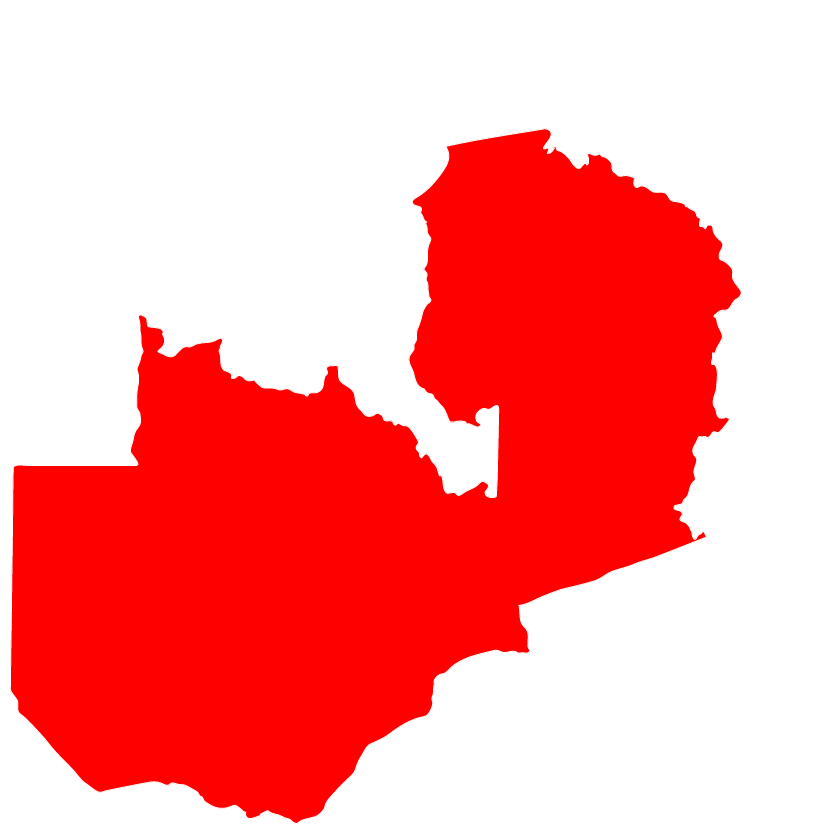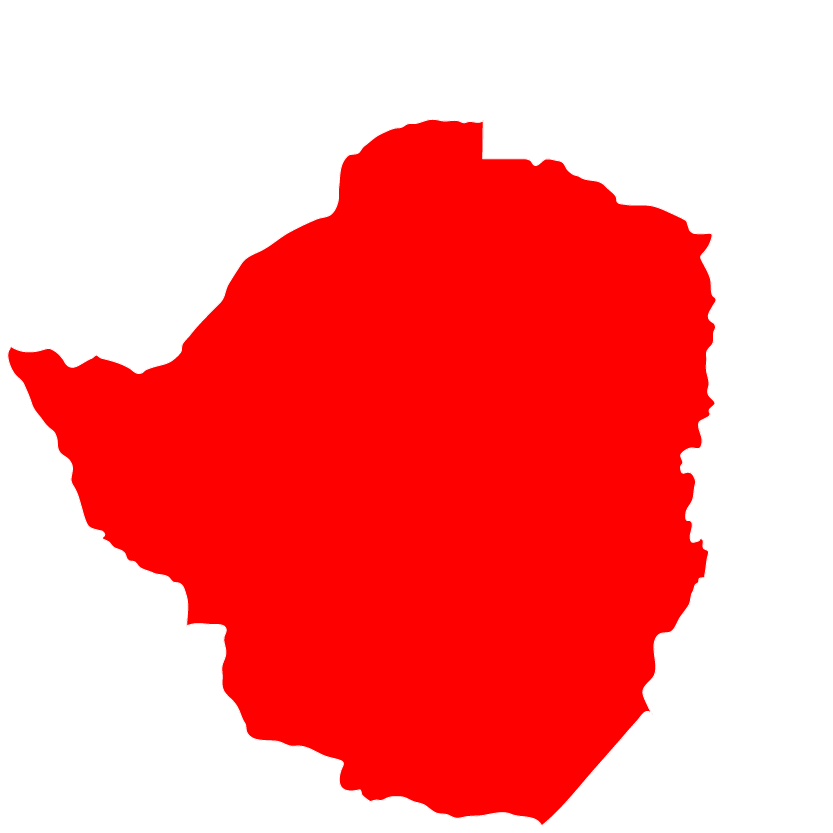The Bahamas: Emergency Response to People Affected by Hurricane Dorian – RRF 21/2019
In the afternoon of Sunday, September 1st, 2019, Category 5 Hurricane Dorian, made landfall in the Bahamas in Elbow Cay, east of Abaco Island and on Grand Bahama Island respectively with the same intensity several hours later. With an unprecedented behaviour, the hurricane moved slowly through the islands from 1 to 3 of September, The overall death toll from Hurricane Dorian has risen to 58 with roughly 600 people still reported missing. More than 54,000 people was affected in Bahamas and Abaco Islands.
As many as 5,500 people from Abaco and Grand Bahama were evacuated to Nassau, with some 1,500 people now located across seven shelters. Some 52 people remain in two Grand Bahama shelters. Abaco shelters have been discontinued over lack of usage.
ACT Alliance member, Servicio Social de Iglesias Dominicanas (SSID) has responded to the emergency using ACT Alliance’s Rapid Response Fund.
RRFs 212019 Bahamas Hurricane Dorian
South Sudan: Flooding Emergency (SSD191)

The South Sudan States of Upper Nile, Jonglei, Unity, Northern Bahr el Gazal and Eastern Equatoria have been seriously affected by flooding, caused by heavy continuous rains. The floods have affected over 900’000 people with estimated 420’000 people displaced and in need of immediate emergency assistance. Infrastructure damage has also been caused by the floods, and livelihoods (crops and livestock) have been swept away/destroyed.
Several ACT South Sudan Forum (ASSF) members namely Christian Aid (CA), Norwegian Church Aid (NCA), The Lutheran World Federation (LWF/WS), Finn Church Aid (FCA), Inter-Church Organization for Development Cooperation – ICCO, Presbyterian Relief & Development Agency (PRDA) have developed an appeal to respond to the crisis.
South Sudan_Flood Response SSD191
Cameroon: Conflict Emergency (CMR191).
Since December 2016, the two Anglophone regions of Cameroon have been experiencing an ever-increasing situation of unrest and uncertainty. The situation has worsened with increased violent attacks and armed fighting after the presidential elections of October 2018, leading to a downturn of economic activity now in the regional capitals of Buea and Bamenda.
As a result, the number of IDPs has been rising dramatically, reaching 530,000 in March 2019. In addition, around 35,800 persons have fled to neighbouring Nigeria (OCHA: April 2019).
The proposed appeal builds on and complements Mission 21’s longer-term projects in the regions.
Cameroon_Conflict Emergency CMR191.
Philippines: Cotabato Earthquake – RRF 20/2019
The National Disaster Risk Reduction and Management Council (NDRRMC) has recorded 50,930 households/254,473 persons affected by the series of earthquakes in the provinces of Davao del Sur, Davao Oriental, and North Cotabato. UN OCHA estimates about 43,600 displaced people with about 80% of them staying in evacuation centers. They also reported that 33,110 houses have been damaged, 67% of which totally destroyed. Tulunan and Makilala municipalities in North Cotabato and Magsaysay, Davao del Sur have been most affected. There is a reported total of 22 dead, 424 injured, and 2 missing persons.
All of these occurrences are considered as part of a sequence of events from interrelated faults in the region. PHILVOLCS has reported that aftershocks may continue until December this year. Due to the magnitude of the events, landslide incidents were reported, and small to medium-sized earthquakes are experienced by the affected communities.
National Council of Churches in the Philippines (NCCP) will provide food for the affected communities from the Rapid Response Fund. Another assessment will be conducted in December to look at the impact of the earthquake.
RRFs 202019 Philippines Earthquake
Ghana: Flood Emergency-RRF 19/2019,

Heavy continuous rains in Ghana have caused havoc in the Upper East Region, causing massive displacement and affecting communities who are currently temporarily hosted with friends, relatives, and temporarily located in schools and Churches. As a result, at least 28 people are reported dead, and there are indications that the death toll and the number of houses damaged could rise. As a result, the government of Ghana has declared the floods situation in Ghana a national disaster.
Food and water are scarce, and sanitation is compromised.
The Ghana Armed Forces, the Ghana Police Service, the Ghana National Fire Service and the National Disaster Management Organization (NADMO) have come in to intervene and provide emergency services to flood-affected persons.
ACT Ghana Forum member, Presbyterian Church in Ghana (PCG) / Relief Services & Development is responding to the needs of the affected through food, non-food and emergency shelter needs among displaced communities through Rapid Response Funds.
Ghana_ Floods Emergency (RRF No.19)
Zambia: Drought Emergency-RRF 17/2019.

According to the Zambia Vulnerability Assessment (ZVAC, 2019) conducted by the Disaster Management and Mitigation Unit (DMMU) under the office of the Vice President, at least 2,330,182 persons are facing a severe drought during the present lean season (October 2019 and March 2020).
Although the Government of the Republic of Zambia (GRZ) has not declared drought as an emergency, ACT Zambia forum is lobbying the office of the Vice President through the DMMU to release the latest findings from a recent assessment conducted and to declare the drought in Zambia as an emergency.
The number of people facing food insecurity and poor access to safe water is increasing for both humans and livestock.
A national member from Zambia ACT forum, The United Church of Zambia (UCZ) will implement food and WASH initiatives to support drought-affected people with food and WASH needs from Rapid Response Funds.
Zambia_Drought Emergency (RRF)
Bangladesh: Humanitarian Assistance and Resilience Building for the Rohingya Population and Host Communities in Cox’s Bazar – BGD191
More than two years ago (25 August 2017), the world witnessed one of the largest forced displacements of recent times. Currently, about 911,566 Rohingya refugees are living in spontaneous settlements in Cox’s Bazar. They remain largely dependent on essential humanitarian assistance to meet their basic needs. Over this period the Government of Bangladesh, UN agencies and I/LNGOs have supported the crisis affected Rohingya community, but the response is critically underfunded. In the beginning, the local community assisted the Rohingya community with essentials, but as the number of Rohingya in Bangladesh territory exceeded the capacity of the host communities, the challenges of inflated commodity prices, increased competition among locals, and refugees for income generation opportunities and depleting forest/natural resources have emerged. As the markets do not have the capacity to supply products meeting the additional demands of the 900,000 Rohingya, brokers and vendors from outside have entered the markets resulting in increased cost of daily essentials. The conflict situation has been further aggravated through the cheap labour provided by some members of the Rohingya community decreasing the daily wage rate of the local population significantly. In addition to this, problems related to environmental degradation, including the destruction of local forests to make space for the Rohingya settlements, has been a source of tension for the host community.
Bangladesh Forum members ICCO, Christian Aid, and DanChurchAid are requesting a total of USD2 million for this Appeal. The response will support Shelter, WASH, Health services, Livelihoods, and Protection.
BGD191 Rohingya Crisis Appeal
Zimbabwe: Drought Emergency-RRF 16/2019.

The government of Zimbabwe in August declared the drought situation in Zimbabwe a national disaster and appealed for international humanitarian assistance.
The drought is due to poor 2019 harvests caused by the El Nino phenomenon.
An estimated 31 per cent of Zimbabwe’s rural population (2,878,957 persons) require urgent action to protect and save livelihoods, reduce food consumption gaps, and minimize acute malnutrition.
Affected communities also need assistance with market linkages as the markets are depressed and there is a need for an intervention that ensures that communities can purchase food from the market.
Two national ACT Zimbabwe Forum members Methodist Development Relief Agency (MEDRA) and Lutheran Development Services (LDS) are preparing to respond through the Rapid Response Fund in the sectors of food and safe water provision.
Zimbabwe_Emergency Drought Response (RRF)
Liberia: Emergency Response to Flood affected Communities in Liberia (LBR 191)
The region of Montserrado, Grand Cape Mount, Margibi, Bomi and Lofa counties in Liberia, have been hit by an extremely heavy downpour causing flash floods, leaving many towns around Monrovia and surrounding counties flooded. As a result, at least 187 homes have been damaged and property destroyed.
The Lutheran Development Service in Liberia working with other local church partners has raised a 12 months $ 462,038 appeal to support to meet the Shelter, WASH, Food Security and other needs of non-displaced flood-affected persons who suffered a loss of assets or livelihoods.
The project will also support to strengthen Community Disaster Preparedness and Build Community Resilience to Flood and Storm Disasters in regions most affected by floods.
LBR191 – Flood Emergency (Appeal).
Vanuatu: Emergency Response to Manaro Volcano Eruption in Penama Province RRF 15/2019
On 18th March 2018 the Manaro volcano on the island of Ambae erupted and for the second time in six months triggered a state of emergency and mass evacuations of the population. The heavy outpourings of ash and gas has resulted in hazards of acid rain, flash floods, loss of food and water sources, and damage to infrastructure and human health. Large portions of the island were significantly impacted, all education institutions and key government services were closed and staff and students evacuated to other islands.
Volcanic Alert remains at Level 2 by the end of 2018 but the possibility of escalation is low. However, the area remains at high risk for flooding, landslides and continued ashfall deposits and volcanic gases. Residents need to restore their livelihoods and repair their shelter and homes in Ambae island. They need support on capital inputs for farming and livestock and assistance in shelter repairs.
Anglican Overseas Aid leads this response together with ACT for Peace and Churches of Christ Overseas Aid with support from ACT Alliance’s Rapid Response Fund.
RRFs Vanuatu Volcanic Eruption



